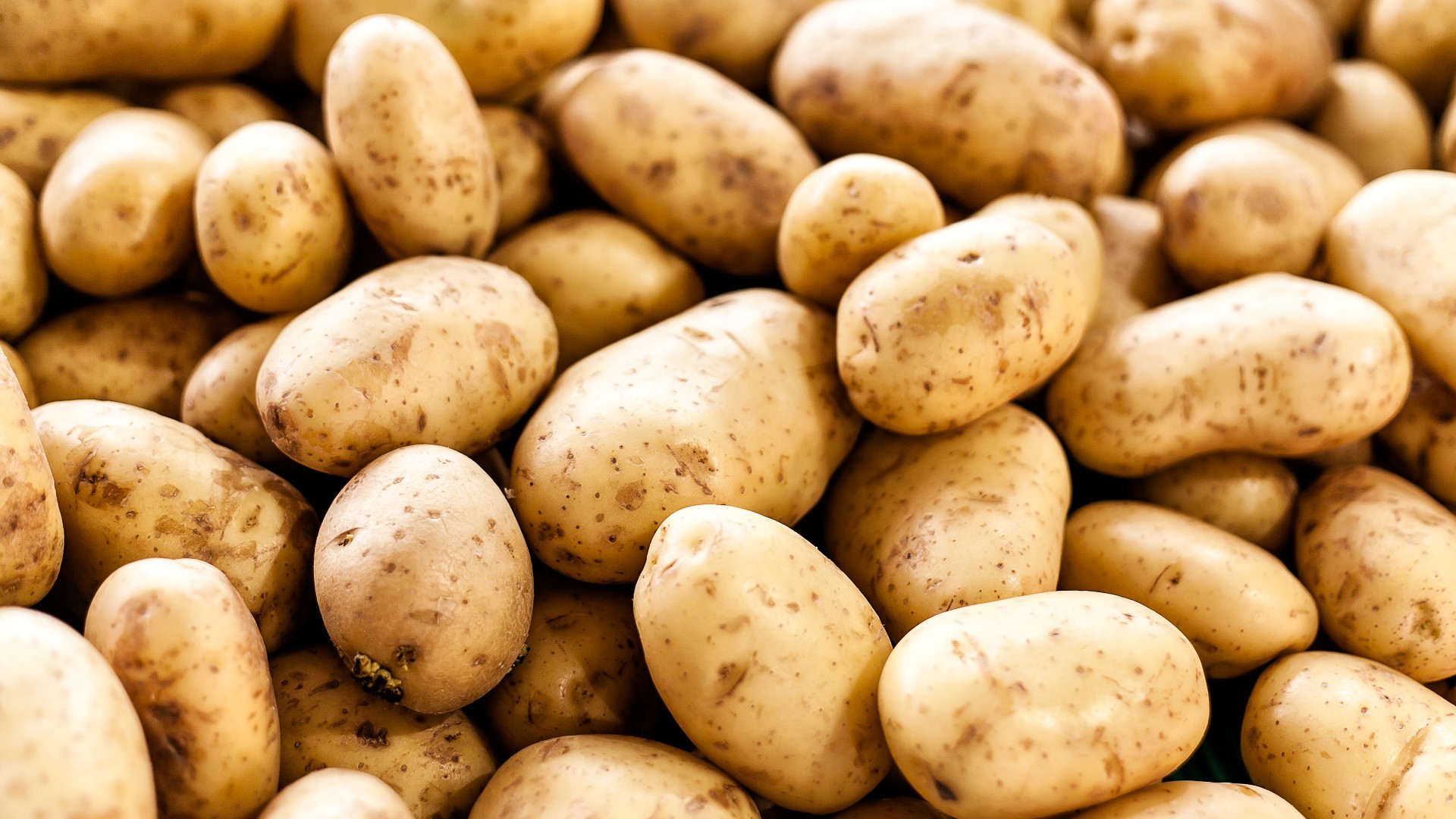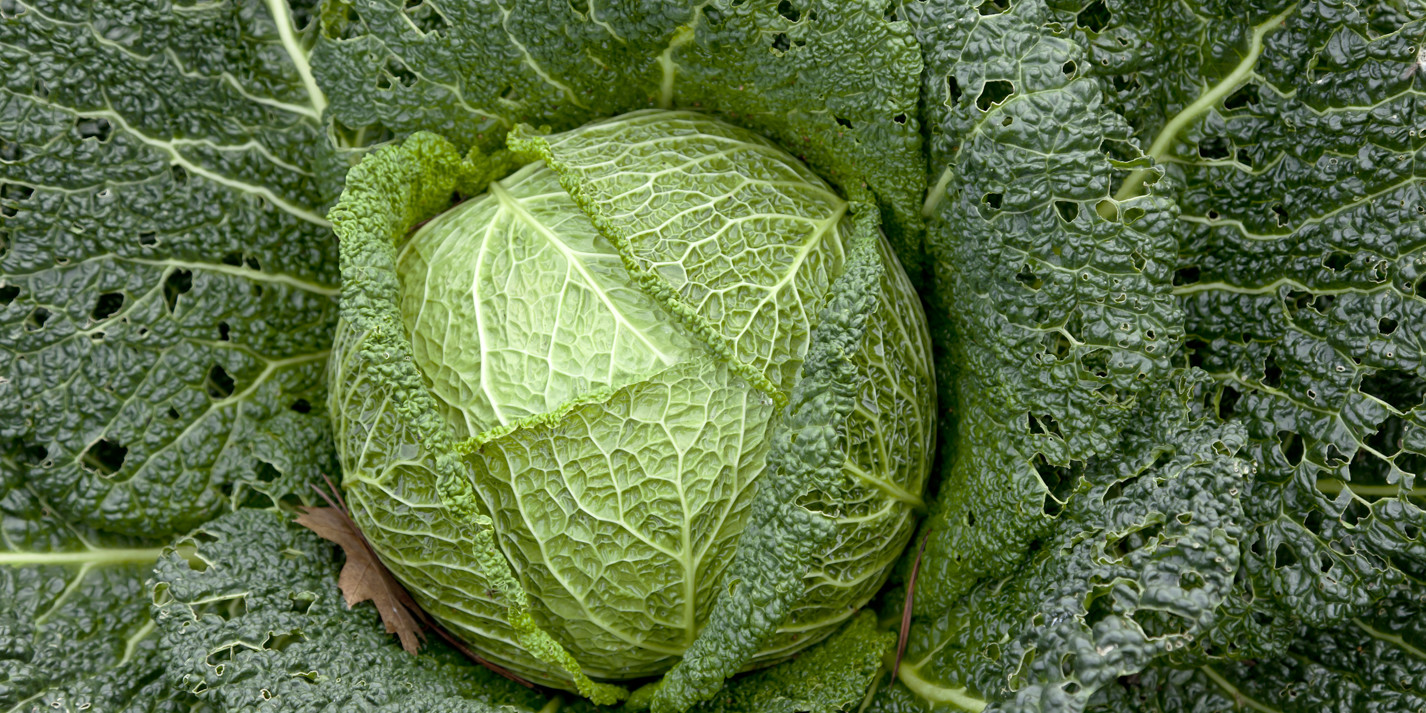Grow Beautiful Healthy Purple Sprouting Broccoli With Companion Planting
Introduction
Broccoli is a delicious and nutritious vegetable that is easy to grow in the garden. Purple sprouting broccoli is a particularly attractive variety that has dark purple florets. It is also a good source of vitamins C and K, as well as fiber.
One way to improve the yield and quality of your purple sprouting broccoli is to use companion planting. Companion planting is the practice of planting certain plants together in order to benefit each other. Some plants can help to repel pests, improve the soil, or even add flavor to their neighbors.
In this blog post, we will discuss the best companion plants for purple sprouting broccoli. We will also provide some tips on how to grow beautiful, healthy purple sprouting broccoli in your own garden.
Main Content
What are Companion Plants?
Companion plants are plants that are grown together in order to benefit each other. Some plants can help to repel pests, improve the soil, or even add flavor to their neighbors.
There are many different companion plants that can be grown with purple sprouting broccoli. Some of the best include:
- Beetroot: Beetroot is a good companion plant for broccoli because it helps to suppress clubroot, a soil-borne disease that can be harmful to broccoli.
- Celery: Celery helps to improve the flavor of broccoli and also repels pests such as aphids.
- Chamomile: Chamomile helps to improve the flavor of broccoli and also attracts beneficial insects such as ladybugs.
- Lettuce: Lettuce can be planted under broccoli plants to provide shade and prevent the soil from drying out.
- Onions: Onions help to repel pests such as aphids and cabbage moths.
- Potatoes: Potatoes help to improve the soil structure and also provide a source of nitrogen for broccoli.
- Rhubarb: Rhubarb helps to repel pests such as cabbage moths.
- Rosemary: Rosemary helps to repel pests such as cabbage moths and also improves the flavor of broccoli.
- Shallots: Shallots help to repel pests such as aphids and cabbage moths.
How to Grow Purple Sprouting Broccoli
Purple sprouting broccoli is a relatively easy vegetable to grow. However, there are a few things you need to do in order to ensure a successful harvest.
1. Choose the right location. Purple sprouting broccoli prefers full sun, but it can tolerate some shade. The soil should be well-drained and fertile. 2. Prepare the soil. Before planting, amend the soil with compost or manure. This will help to improve the drainage and fertility of the soil. 3. Plant the seeds. Purple sprouting broccoli seeds can be planted directly in the garden in the spring or fall. Sow the seeds 1/2 inch deep and 1 inch apart. 4. Water regularly. Purple sprouting broccoli needs to be watered regularly, especially during hot, dry weather. 5. Fertilize the plants. Fertilize the plants every 4-6 weeks with a balanced fertilizer. 6. Harvest the broccoli. Purple sprouting broccoli is ready to harvest when the florets are tightly closed. Harvest the broccoli by cutting the stems just below the florets.
Conclusion
Purple sprouting broccoli is a delicious and nutritious vegetable that is easy to grow in the garden. By using companion planting, you can improve the yield and quality of your purple sprouting broccoli. With a little care and attention, you can enjoy fresh, homegrown purple sprouting broccoli all season long.
Purple sprouting broccoli is a delicious and versatile vegetable that can be grown in many different climates. One of the best ways to ensure a successful crop is to plant it with companion plants. Companion planting is the practice of planting certain types of plants together to benefit each other.
Some of the best companion plants for purple sprouting broccoli include:
- Beetroot: Beetroot does not need as much calcium as broccoli, so it can help to prevent the soil from becoming too alkaline.
- Celery: Celery is said to improve the flavor of broccoli.
- Chamomile: Chamomile attracts beneficial insects that help to control pests.
- Lettuce: Lettuce can be planted under the broccoli plants to provide shade and prevent the soil from drying out.
- Potatoes: Potatoes and broccoli are both heavy feeders, so they can benefit from each other's nutrients.
For more information about companion planting purple sprouting broccoli, please visit Gardenia Inspiration. This website has a wealth of information on the subject, including a list of the best companion plants, tips on how to plant them, and advice on how to care for your broccoli crop.
FAQ of companion planting purple sprouting broccoli
1. What are the best companion plants for purple sprouting broccoli?
Some of the best companion plants for purple sprouting broccoli include:
- Beets: Beets and broccoli are both heavy feeders, so they benefit from being planted together. Beets also help to improve the soil structure, which can benefit broccoli.

- Celery: Celery is said to improve the flavor of broccoli, and it also helps to repel pests.
- Chamomile: Chamomile is a fragrant herb that helps to repel pests and attract beneficial insects.
- Lettuce: Lettuce is a fast-growing crop that can be planted under the broccoli plants. This helps to shade the soil and prevent weeds from growing.
- Potatoes: Potatoes and broccoli have different nutrient requirements, so they can be planted together without competing for resources.

2. What are some plants that should not be planted near purple sprouting broccoli?
Some plants that should not be planted near purple sprouting broccoli include:
- Cabbage: Cabbage and other brassicas are susceptible to the same pests and diseases, so it is best to avoid planting them together.

- Cauliflower: Cauliflower is another brassica that is susceptible to the same pests and diseases as broccoli.

- Tomatoes: Tomatoes and broccoli have different nutrient requirements, so they can compete for resources if planted together.

- Strawberries: Strawberries are susceptible to a number of pests and diseases that can also affect broccoli.
3. How far apart should purple sprouting broccoli plants be planted?
Purple sprouting broccoli plants should be planted about 18 inches apart. This allows the plants enough space to grow and prevents them from competing for resources.
4. How long does it take for purple sprouting broccoli to germinate?
Purple sprouting broccoli seeds typically germinate in about 4 weeks. However, the germination time can vary depending on the variety of broccoli and the growing conditions.
5. How long does it take for purple sprouting broccoli to mature?
Purple sprouting broccoli takes about 4 to 10 months to mature, depending on the variety and the growing conditions. Once the broccoli heads have formed, they can be harvested for several weeks.

Post a Comment for "Grow Beautiful Healthy Purple Sprouting Broccoli With Companion Planting"